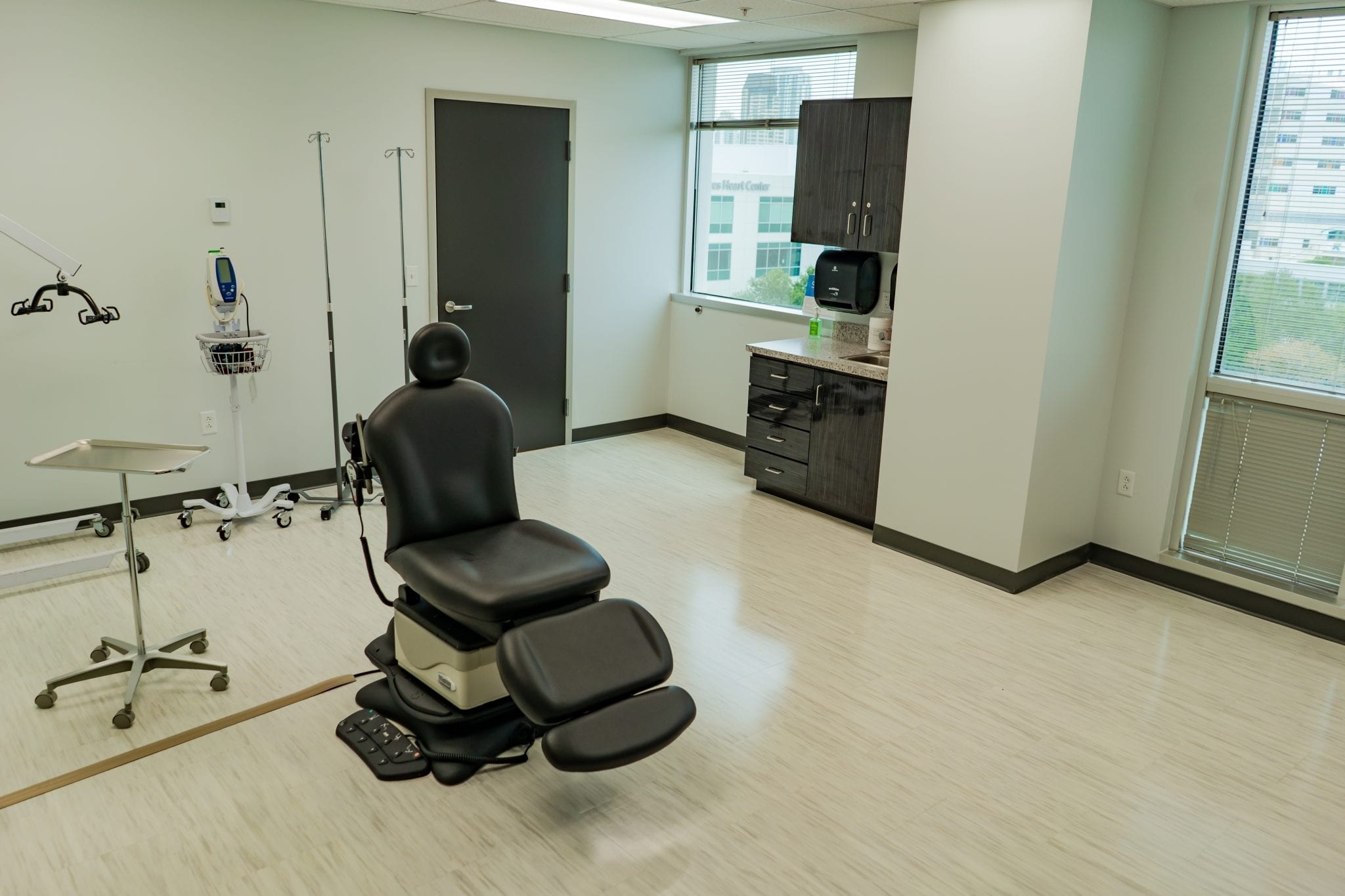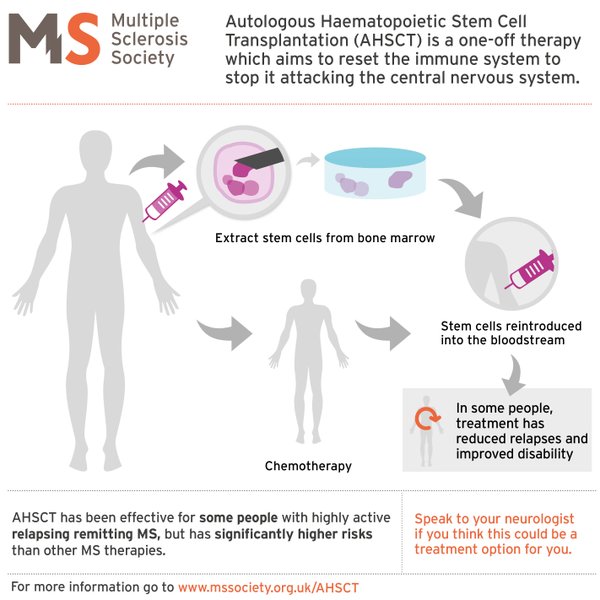Some Known Factual Statements About Regenerative Medicine For Multiple Sclerosis
Wiki Article
Some Known Details About Regenerative Medicine For Multiple Sclerosis
Table of ContentsRegenerative Medicine For Multiple Sclerosis Can Be Fun For EveryoneOur Regenerative Medicine For Multiple Sclerosis PDFsGetting My Regenerative Medicine For Multiple Sclerosis To WorkRegenerative Medicine For Multiple Sclerosis Fundamentals ExplainedGetting The Regenerative Medicine For Multiple Sclerosis To WorkNot known Details About Regenerative Medicine For Multiple Sclerosis Getting The Regenerative Medicine For Multiple Sclerosis To Work
The mesenchymal stem cells hair transplanted throughout stem cell treatment can split and develop to form brand-new cells that can fill in the harmed cells of the anxious cells. This might bring back neurological features in patients with this condition. These advantages of stem cell treatment are further sustained by the capacity of MSCs to advertise recovery.Patients with multiple sclerosis are usually treated with mesenchymal stem cells. These are multipotent stem cells that have the capacity to differentiate and mature to form a variety of cell kinds in the body. As soon as transplanted, these stem cells can develop to develop healthy and balanced nerve cells thus supporting the regeneration of the damaged tissues of the anxious system.
When hair transplanted, the stem cells migrate to areas of swelling or damages within the central worried system (CNS). They are normally drawn in to the sites of injury where the immune system is attacking the myelin sheath, the protective covering of nerve fibers. The stem cells function by advertising the repair work and regrowth of damaged myelin, potentially bring back feature to affected nerve cells.
The Best Guide To Regenerative Medicine For Multiple Sclerosis
Stem Cell Research Study on MS The National Numerous Sclerosis Culture, together with other organizations, is proactively funding and sustaining research study into mesenchymal stem cell therapy for several sclerosis to explore their potential and improve therapy methods. The goal is to establish more secure and a lot more reliable means to utilize stem cells in dealing with MS.
Here are evaluations from patients of the Swiss Medica facility. The patient traveled from England looking for alleviation from his MS signs, a condition he has actually fought considering that 2006. For many years, he has had a hard time with tiredness, movement problems, and problems with his bladder and digestive tract, all stemming from nerve damage.
His therapy experience was smooth. He likewise valued that his traveling, accommodations, and vegetarian dietary choices were attentively prepared. "The medical personnel were impressive, especially the physician. Everything was clearly explained, and they were detailed in their checks. I would most definitely suggest this location." The client traveled from Romania looking for therapy for MS after listening to positive comments concerning stem cell therapy for the condition.
Get a complimentary online consultation to discover how stem cells will certainly work for your case, and what are the period and expense of the treatment. Uccelli, A., Laroni, A., Brundin, L., Clanet, M., Fernandez, O., Nabavi, S. M. Regenerative Medicine for Multiple Sclerosis., Muraro, P. A., Oliveri, R. S., Radue, E. W., Sellner, J., Soelberg Sorensen, P., Sormani, M. P., Wuerfel, J. T., Battaglia, M
Stem cells are cells in the body that can mature into grow cells that serve an offer function. There are two major types of stem cells: beginning stem cells and grown-up stem cells.
are found in some grown-up tissues and organs consisting of the bone marrow, skin, blood, and mind. Grown-up stem cells are not as adaptable as beginning stem cells and are as a result more limited in regards to the kinds of cells they mature into. The unique residential properties of stem cells supply guarantee for brand-new therapies that can slow/halt MS disease activity and repair cells damage in the central nerve system.
Regenerative Medicine For Multiple Sclerosis Fundamentals Explained
70121-1/asset/f570ad75-f59b-4dc7-9a64-fc099c733560/main.assets/gr1_lrg.jpg)
The treatment entails gathering stem cells from a person's very own (autologous) bone marrow. The person is then treated with radiation treatment to diminish the body immune system and stem cells are reestablished right into the body where they mature right into new, healthy and balanced immune cells - Regenerative Medicine for Multiple Sclerosis. Stem cells can be injected right into the Regenerative Medicine for Multiple Sclerosis body in various means

In 2000, the MS Culture of Canada and MS Scientific Research study Foundation funded a scientific trial entailing HSC transplants, led by Drs. Mark Freedman and Harry Atkins from the Ottawa Health Center Study Institute/University of Ottawa. The aHSC treatment available in Canada is a treatment that uses high-dose chemotherapy, additionally called conditioning.

The smart Trick of Regenerative Medicine For Multiple Sclerosis That Nobody is Discussing
Neural stem cells (NSC) are discovered in the brain and can grow into various kinds of mind cells including neurons, oligodendrocytes, and astrocytes. NSCs might offer to repair or protect the brain and modulate the body immune system. Early medical trials in non-human primates showed that therapy with NSCs benefitted the progression of MS-like illness in pet designs.The results from these safety research studies declare for future stem cell and regenerative medication therapies in MS. Future scientific trials (phase 2 and 3) with larger varieties of individuals and controls are required to examine the efficacy of this therapy for MS. As demonstrated by the instances above, there is a vast array of study happening that will certainly supply extra responses about the use of stem cells to deal with MS.
Stem cell therapy is taken into consideration risk-free, but, like any kind of medical treatment, it brings some risks, such as momentary swelling or pain at the shot website. However, severe adverse effects are uncommon when performed by certified experts.
Regenerative Medicine For Multiple Sclerosis - Questions
Several sclerosis (MS) is a persistent disease of the main anxious system that impacts the brain and spinal cord. It is defined by the deterioration of myelin, a compound that covers nerve fibers, resulting in disruptions in communication between the mind and the remainder of the body. Symptoms can differ commonly and consist of muscular tissue weak point, vision problems, discrepancy, and tiredness.Several sclerosis is defined by the immune system wrongly striking the protective sheath (myelin) that covers nerve fibers, causing communication issues in between the mind and the remainder of the body. The disease can bring about the wear and tear or permanent damages of nerves. Signs differ commonly among people and can include exhaustion, mobility concerns, discomfort, and cognitive changes.
Report this wiki page